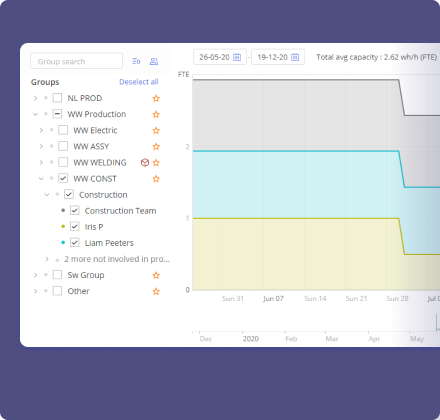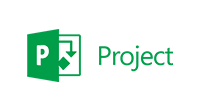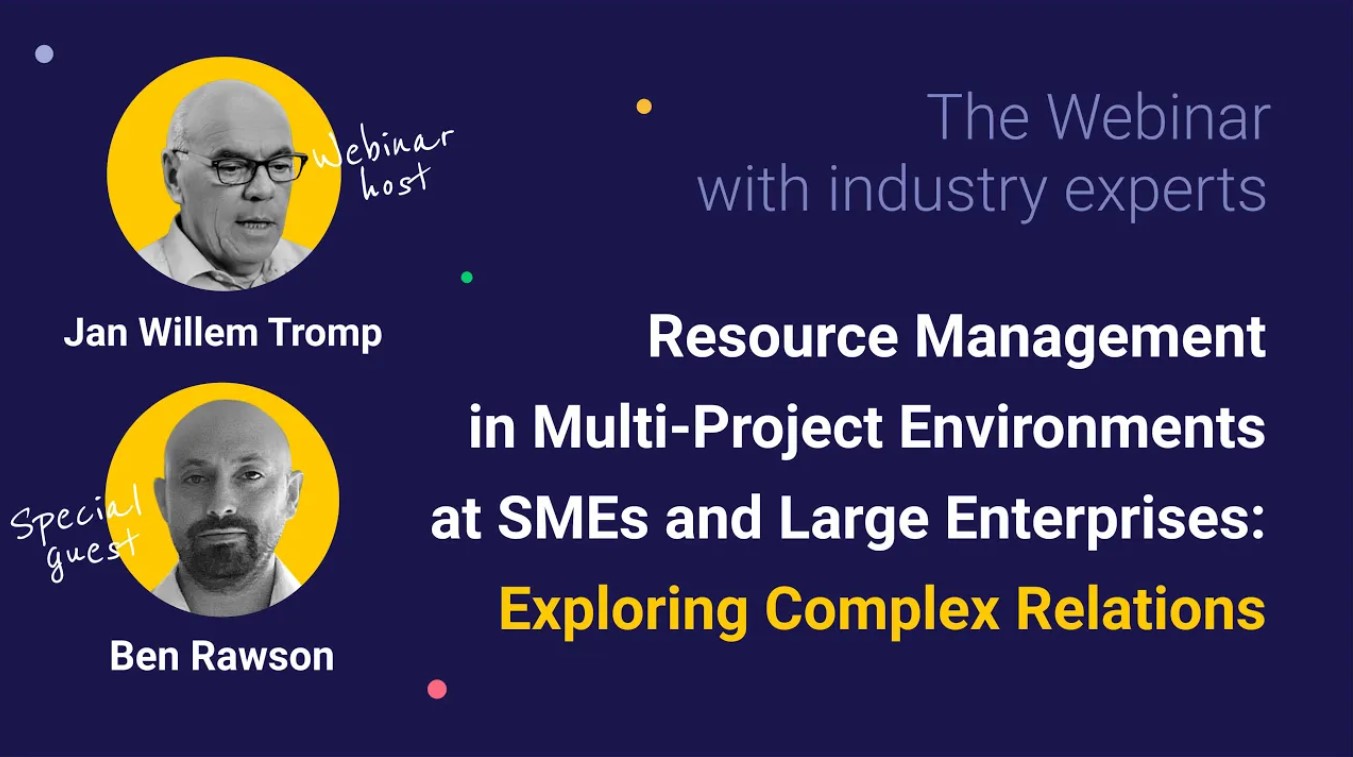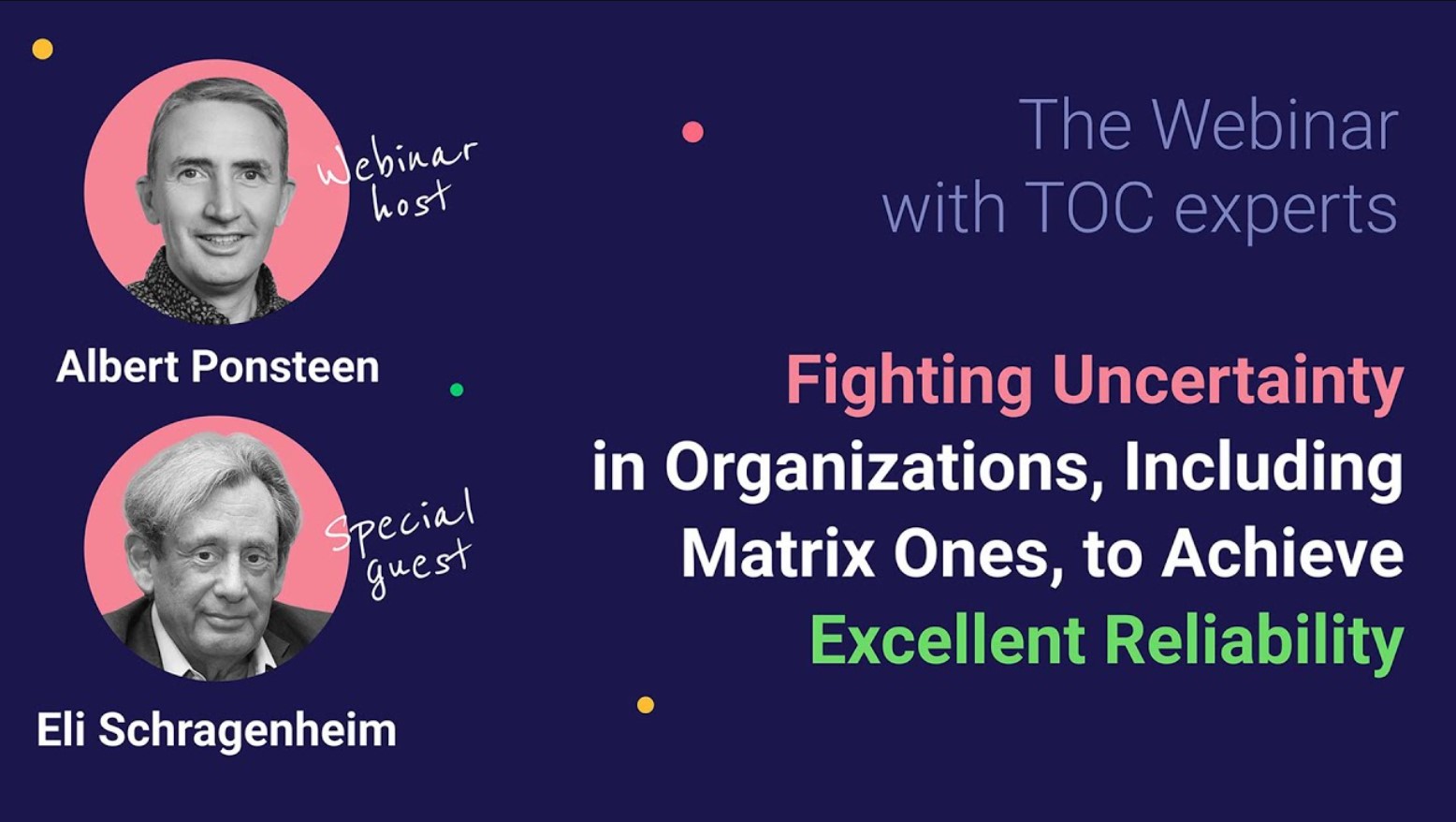Capacity Planning Software
Future Load Graph
Predict resource demand and output,
analyze resource load & detect bottlenecks
with AI-Driven workload management software.
Future load graph is an AI-driven feature of Epicflow capacity planning software that shows how loaded your resources will be in the future based on historical data, active projects, and upon adding extra ones to the Pipeline.
By analyzing the data on the graph, you can estimate the demand and output your resource groups are most likely to produce.
Use this resource capacity planning tool to predict overload and detect bottlenecks (if any) to ensure timely delivery of your multiple projects.

- If the graph is under the zero line, the resource or the group is underloaded (has less tasks than they could do),
- If it’s over the zero line, they’re overloaded (can’t cope with their tasks).
Load Analysis: Learn What Overwhelms Your Resources
Get information about the tasks and projects which make your resources overloaded.
Just select the period on the graph where you can see overload and enable the Load Analysis. In a couple of seconds you will see the list of tasks (with all related information) that are overwhelming your resource/group.
From this page, you can jump to the Task Card to see what competences are required for its completion and find an available resource with the same skills to reassign this task to (within the group for individual users or to another group for group analysis).
Inactive Project Analysis: Explore Your Groups’ Workload Upon Adding Extra (Inactive) Projects to the Pipeline
Carry out a more detailed analysis involving inactive projects to see how loaded your resources will be in the future if you start them. The dashed line on the graph is the load coming from the inactive projects.
Based on the analysis, you can try different variants of reassigning the constraining tasks to other resources or moving milestones to avoid overload.
What is a bottleneck and why does it have
a harmful effect on your workflow?
A bottleneck is an overloaded resource, who cannot do the demanded scope of work on time, and therefore, hampers the whole workflow. The effect of a bottleneck can be dramatic:
- Together with the delayed work, this can lead to missed project due dates;
- Overloaded resources are stressed, their productivity drops, which can result in burnout.
- It makes other resources idle, which then become a bottleneck, too. This is the vicious cycle.
This is why one of the essential rules of the Epicflow approach to resource management is “Make sure not a single resource is overloaded”.
Bottleneck Analysis: Be in the Know of the Most Overwhelmed Groups and Take Measures to Balance the Load
Order resource groups and individual resources inside them within the chosen timeframe by the following criteria:
- Alphabetically
- By an average overload
- By an average underload
- Peak load
This feature of Epicflow enterprise workload management software lets you understand which resource group is most overwhelmed at your company and take measures to eliminate this bottleneck.
You can open a Task Card of the most constraining task and go to the Resource Allocation Advisor to find another resource for it (the one who has necessary competences, capacity, and is currently available) inside this group or outside of it.

Ensure Multi-Project Success with Demand Planning and Forecasting Software
With the demand forecasting software, you’re always in the know of how much capacity your projects require, and can easily check if your resource pool can satisfy this demand. Forget about bottlenecks and ensure your resources’ maximum productivity by balancing their workload across the entire project portfolio.
Leverage the capacity planning software to be confident that you have enough resources to deliver your multiple projects successfully!




Upgrade Your Resource Management with Integrations
Did you know that the Epicflow team has developed integrations with Jira, Oracle Primavera, and MS Project and is always ready to create a custom integration with your software?
With this integration, you’ll not only boost your employees’ productivity but also arm your management with powerful tools that help allocate resources and do complex analysis with minimum time and effort, as well as predict and avoid bottlenecks, mitigate risks, and therefore, ensure flawless management of multiple projects.
Ready to Embrace Innovation and Adopt AI-Powered Capacity Planning Software for Cutting-Edge Resource Management?
Book a personalized demo now to learn more about Epicflow agile project portfolio management software and the ways it will help you organize processes at your company, improve team productivity, and manage your project portfolio – everything you need to achieve the desired business results with efficient project portfolio management!



